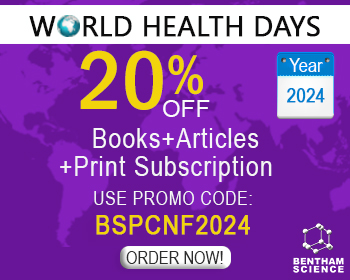Abstract
Postoperative adhesion (POA) is a serious event that always causes chronic pain and functional obstruction. Up to now, a variety of matrices prepared by diverse technologies have been employed as the physical barriers to prevent POA. Among them, the electrospun fibers of biodegradable polymers exhibit more obvious advantages, such as large surface area, high porosity, and excellent anti-adhesion efficiency. However, the pure electrospun fibers for anti-adhesion cannot effectively regulate the cellular behaviors, and tissue inflammation and healing. In recent years, the polymeric electrospun fibers loaded with various drugs, such as antimicrobial agents, antiinflammatory drugs, and healing accelerators, have been developed. The advanced anti-adhesion fibers play a more efficient role in the field of anti-adhesion, which can efficiently prevent POA and infection, tamp down inflammation, and promote the recovery of tissue function after surgery. This review highlights the recent development of anti-adhesion electrospun fibers loaded with various drugs, and presents the possible prospects.
Keywords: Anti-adhesion, antimicrobial agents, anti-inflammatory drugs, electrospun fibers, function recovery, healing accelerators, microscale, nanoscale.

























